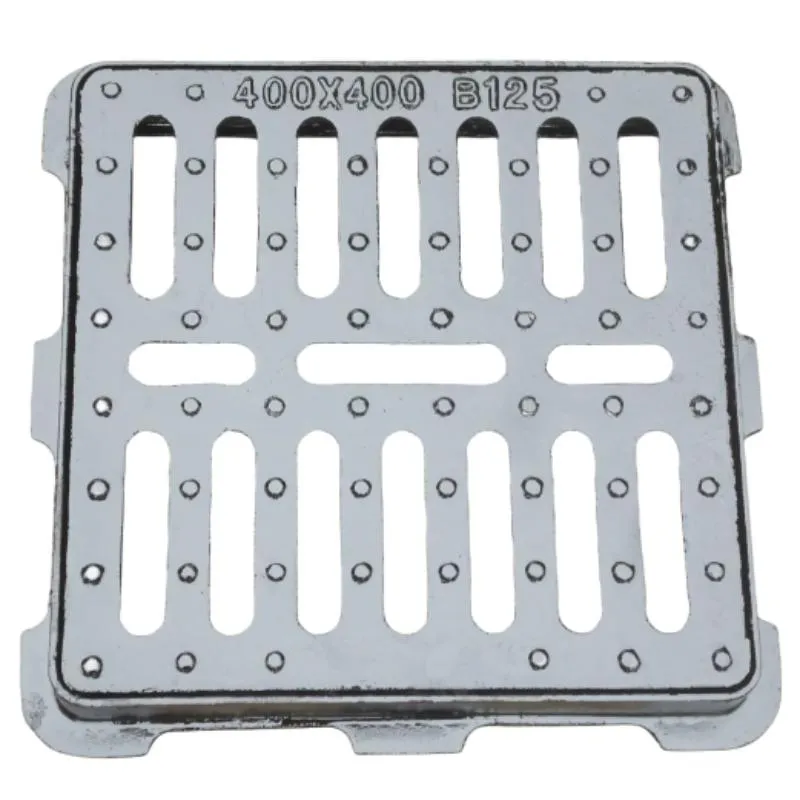Pipeline Air Release Valve Functionality and Importance in Fluid Transport Systems
Understanding Pipeline Air Release Valves Their Importance and Functionality
In the world of fluid dynamics and pipeline engineering, air release valves (ARVs) play a crucial role in maintaining the integrity and efficiency of pipeline systems. Specifically designed for fluid conveyance, these valves help manage the various challenges associated with air pockets within pipelines. In this article, we will explore the significance of pipeline air release valves, how they function, and why they are essential for efficient pipeline operation.
The Role of Air Release Valves
Traditionally, pipelines are designed to transport liquids, but as water or other fluids flow, air can become entrapped in the system. These air pockets can lead to several operational issues such as reduced efficiency, increased energy consumption, and even damage to the pipeline over time. This is where air release valves come into play. They help to release trapped air from the pipeline, ensuring a smoother and more consistent flow of liquid.
When operating a pipeline, a variety of factors can lead to the formation of air pockets, including changes in elevation, variations in flow rate, and pressure fluctuations. Without an effective way to manage these challenges, inefficiencies can arise, leading to potential system failures or the need for costly repairs.
How Air Release Valves Work
Air release valves are strategically installed at high points in a pipeline system, where air is likely to accumulate. When liquid flows through the pipeline, the valve remains closed due to the pressure exerted by the liquid. However, when air collects, it causes the pressure within the valve assembly to drop. This change in pressure triggers the valve to open, allowing the trapped air to escape. Once all the air is released and the pipeline is again filled with liquid, the pressure increases, causing the valve to close automatically.
This mechanism is vital for preventing the formation of air locks, which can stop the flow of liquid completely or hinder efficiency. By using air release valves, industries can prevent disruptions in service and enhance the overall performance of their pipeline systems.
Types of Air Release Valves
Air release valves come in various designs, each suited for specific applications and operating conditions. The most common types include
1. Simple Air Release Valve These valves allow for the release of small quantities of air from a pipeline. They are usually used in low-pressure systems.
pipeline air release valve

2. Combination Air Valve A more versatile option, this valve serves both as an air release valve and as a vacuum valve. It can release air while also preventing the inflow of air, which is particularly useful in systems that experience vacuum conditions.
3. Float-Type Air Release Valve This type uses a float mechanism to control the open and close function. When air is present, the float drops, allowing for air release, and it rises again when the liquid returns, ensuring that the valve closes tightly.
Importance of Air Release Valves
The benefits of having properly functioning air release valves in a pipeline system cannot be overstated. By facilitating the free flow of liquids and preventing air locks, ARVs contribute to
- Enhanced Efficiency By eliminating air pockets, the valves help maintain a consistent flow rate, reducing energy consumption.
- Extended Equipment Life Air locks can lead to damage and increased wear on pumps and other equipment. Keeping air out of the system extends the life of these components.
- Reduced Maintenance Costs By preventing common issues associated with air accumulation, pipeline operators can save on maintenance and repairs.
- Improved Safety Properly functioning air release valves contribute to overall system safety by preventing unexpected pressure surges that could lead to catastrophic failures.
Conclusion
In conclusion, pipeline air release valves are essential components that significantly enhance the efficiency, safety, and longevity of pipeline systems. By effectively managing trapped air, these valves play a pivotal role in preventing operational disruptions and ensuring smooth, efficient fluid transport. As the demand for reliable fluid transportation continues to grow, investing in high-quality air release valves becomes increasingly critical for industries across the board.
-
The Smarter Choice for Pedestrian AreasNewsJun.30,2025
-
The Gold Standard in Round Drain CoversNewsJun.30,2025
-
The Gold Standard in Manhole Cover SystemsNewsJun.30,2025
-
Superior Drainage Solutions with Premium Gully GratesNewsJun.30,2025
-
Superior Drainage Solutions for Global InfrastructureNewsJun.30,2025
-
Square Manhole Solutions for Modern InfrastructureNewsJun.30,2025
-
Premium Manhole Covers for Modern InfrastructureNewsJun.30,2025
